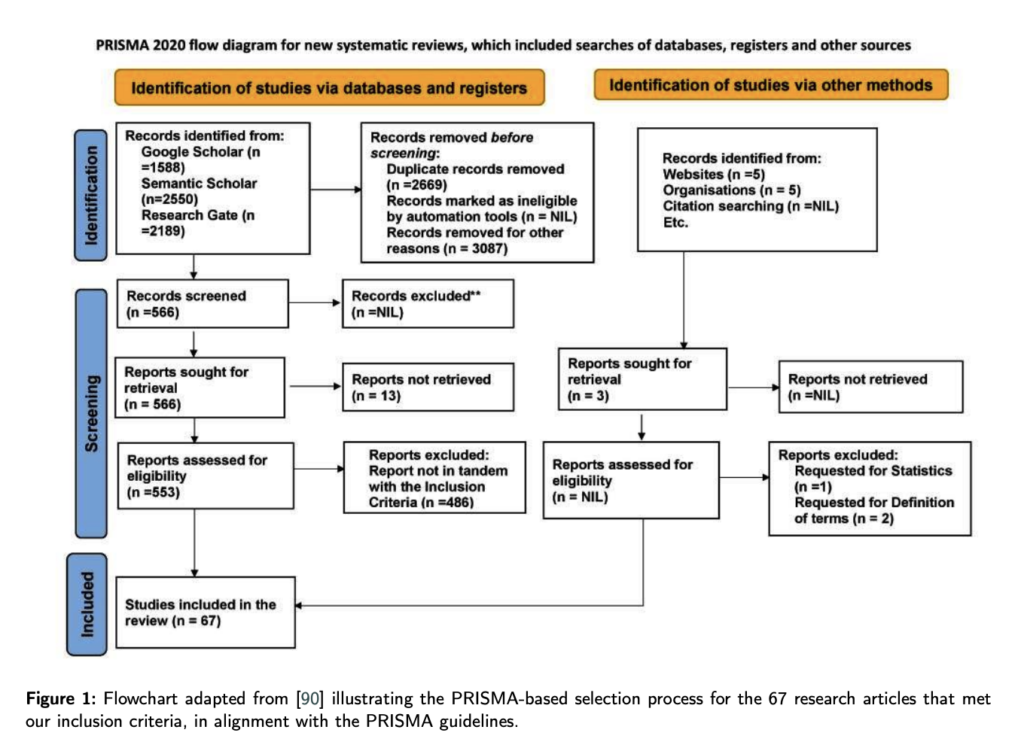Transforming Healthcare with AI and IoMT: Innovations, Challenges, and Future Directions in Predicting and Managing Chronic and Terminal Diseases

AI and the Internet of Medical Things IoMT are transforming healthcare, particularly in managing terminal diseases like cancer and heart failure. These technologies enhance diagnosis, personalize treatments, and improve patient monitoring, leading to better outcomes and quality of life. As terminal diseases progress, palliative care becomes crucial, focusing on symptom relief rather than cure. Integrating AI with IoMT allows continuous health data monitoring through connected devices, enabling early detection and intervention. Despite the potential, data privacy and availability challenges must be addressed to harness AI and IoMT in healthcare fully.
Early disease prediction methods relied on clinical observation and basic diagnostics, such as physical exams and lab tests, often limited by subjectivity and inconsistent accuracy. Over time, advancements in laboratory assays and medical imaging improved diagnostic precision. However, challenges such as false positives, data quality, and limited treatment options prompted the integration of AI and IoMT technologies. These technologies enhance early detection and personalized care but face obstacles like data privacy, device reliability, and model generalizability. Addressing these issues is essential for AI’s success in improving diagnosis, managing chronic diseases, and ensuring patient data security.
Researchers from the Laboratoire Images, Signaux et Systèmes Intelligents (LiSSi) at Université Paris-Est Créteil (UPEC) and the Laboratoire L2TI at Université Sorbonne Paris Nord (USPN) have significantly advanced healthcare by integrating AI and the IoMT for predicting and diagnosing chronic and terminal diseases. Machine learning ML and Deep learning DL models like XGBoost, CNNs, and LSTM RNNs have demonstrated over 98% accuracy in predicting conditions such as heart disease and lung cancer. Despite this, challenges like data variability, overfitting, and multi-morbidity remain. Future research should focus on enhancing data standardization, generalizability, and securing data privacy using federated learning and blockchain.
Early disease prediction methods relied on clinical observation, basic diagnostics, and physicians’ experience, often leading to inconsistent accuracy. Over time, advancements like lab assays and medical imaging enhanced diagnostic precision, but challenges like misdiagnosis and limited personalization remained. The adoption of AI in healthcare has addressed these gaps by improving accuracy and efficiency, though issues like data privacy and device interoperability persist, especially in IoMT systems. AI-driven IoMT solutions hold potential, but safeguarding sensitive health data from cyberattacks is essential for reliable chronic disease diagnosis and prediction. Public datasets support ongoing research in this field.
Integrating AI, ML, DL, and the IoMT has significantly advanced the prediction and management of chronic and terminal diseases like cardiovascular conditions, kidney diseases, and Alzheimer’s. ML models such as XGBoost and Random Forest provide high accuracy for disease prediction, while DL models, including CNNs and LSTMs, excel at analyzing complex imaging and time-series data. Combined with IoMT’s real-time monitoring capabilities, these models enable personalized healthcare solutions. Ensuring data privacy and security remains a priority through robust encryption and secure data transmission mechanisms.
In conclusion, AI has revolutionized medical diagnostics by improving the prediction and management of chronic and terminal diseases. However, challenges such as dataset variability, overfitting, and technical complexity remain. Addressing these issues requires robust data harmonization, validation techniques, and enhanced data privacy measures, including homomorphic encryption and secure IoMT integration. Future research should focus on multi-disease models, interoperability, and explainability, ensuring scalable and secure AI applications in clinical practice.
Check out the Paper. All credit for this research goes to the researchers of this project. Also, don’t forget to follow us on Twitter and join our Telegram Channel and LinkedIn Group. If you like our work, you will love our newsletter.. Don’t Forget to join our 50k+ ML SubReddit
Interested in promoting your company, product, service, or event to over 1 Million AI developers and researchers? Let’s collaborate!
Sana Hassan, a consulting intern at Marktechpost and dual-degree student at IIT Madras, is passionate about applying technology and AI to address real-world challenges. With a keen interest in solving practical problems, he brings a fresh perspective to the intersection of AI and real-life solutions.












